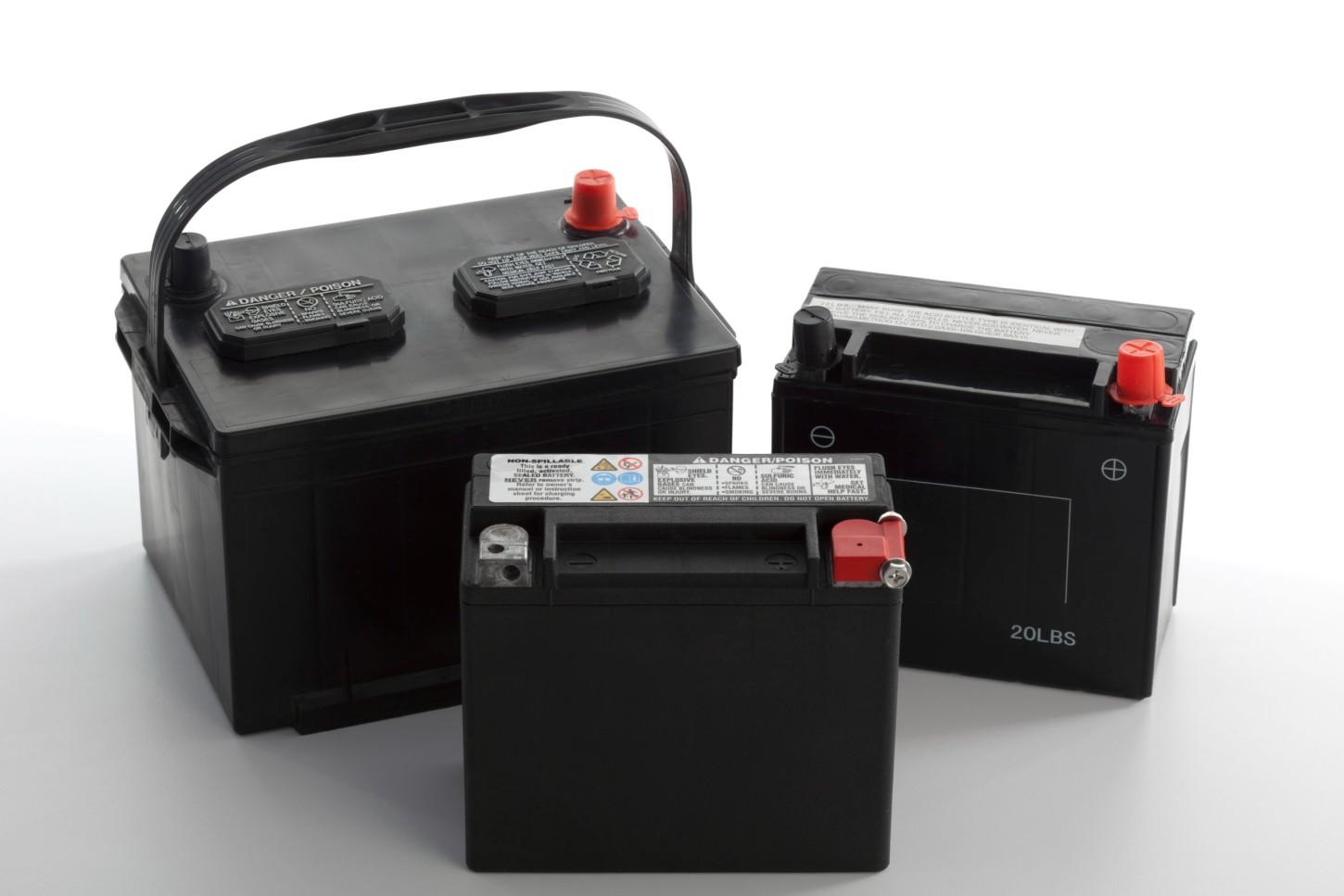Get more insights on Lead Acid Battery
Lead Acid Battery - An Innovative Powerhouse

The lead acid battery is one of the oldest and most common types of rechargeable batteries utilized around the world. Invented in 1859 by French physicist Gaston Planté, the lead acid battery remains a popular energy storage solution today thanks to its reliability, versatility and relatively low production costs.
Battery Components
A Lead Acid Batteries consists of lead plates immersed in a diluted sulfuric acid electrolyte solution. Each cell contains a positive plate made from lead dioxide (PbO2) and a negative plate composed of spongy lead (Pb). The two plates are separated by a permeable barrier or plastic grid and connected to an external circuit via terminals. During discharge, a chemical reaction occurs where lead (Pb) reacts with lead dioxide (PbO2) producing lead sulfate (PbSO4) at both electrodes and allowing electrons to flow through the external circuit to power a device.
Operation and Charging
When a lead acid battery is charging, an electrical current is passed through it in the reverse direction of discharge. At the negative electrode, lead sulfate is converted back to porous lead through reduction, while at the positive electrode lead sulfate oxidizes back to lead dioxide via oxygen incorporation. As the lead sulfate on the plates changes back to the original materials, the battery becomes re-energized. Full charging is attained when the lead sulfate on the plates is nearly depleted. Overcharging should be avoided as it can cause electrolyte evaporation leading to reduced life.
Advantages and Applications
Lead acid batteries offer numerous advantages that have made them ubiquitous in automotive and industrial applications. Their key benefits include relatively low production cost, high surge power capabilities, high cycle life, good partial state of charge operation and established worldwide recycling infrastructure. Starting, lighting and ignition of vehicles is the dominant use globally due to their high cranking power. Other leading applications include backup power for telecommunications, electric vehicles, solar home electrical systems, load leveling, and uninterruptible power supplies.
- Art
- Causes
- Crafts
- Dance
- Drinks
- Film
- Fitness
- Food
- Игры
- Gardening
- Health
- Главная
- Literature
- Music
- Networking
- Другое
- Party
- Religion
- Shopping
- Sports
- Theater
- Wellness
- IT, Cloud, Software and Technology


